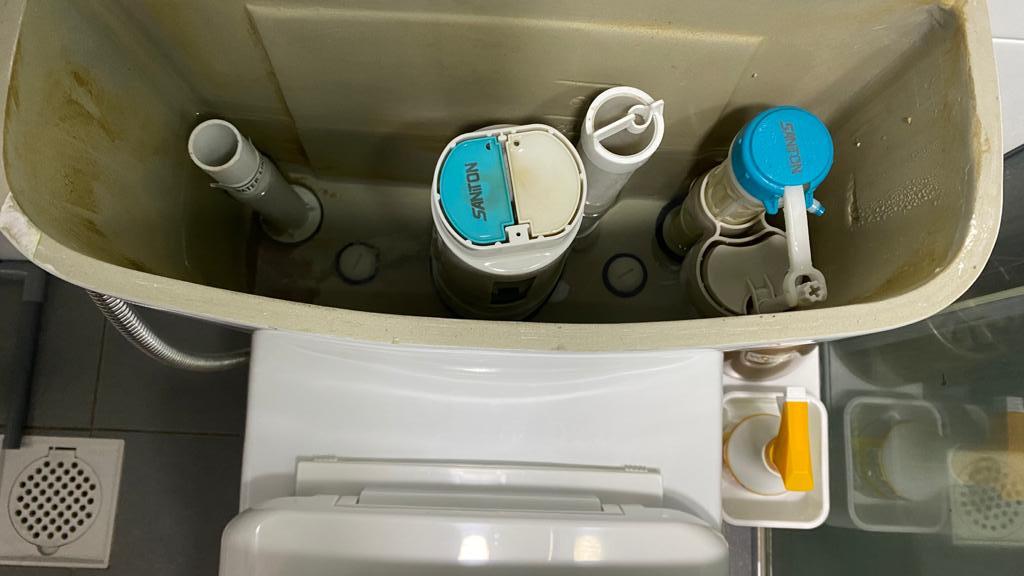
Toilet Flush Repair
Need help to fix your weak toilet flush? Or is your toilet flushing randomly?
Common Toilet Flush Problems
A faulty toilet flush is one of the most common and frustrating problems we face in our toilets and bathrooms. It can mess up our daily routines and compromise bathroom hygiene.
The inside mechanics of a toilet include a chain, flapper, fill valve, float, overflow tube, and several seals. These parts work together to facilitate flushing, control water flow, and maintain proper water levels in the tank.
Frequent use of our toilets leads to wear and tear. This is the reason why most toilet issues are the result of worn-out parts.
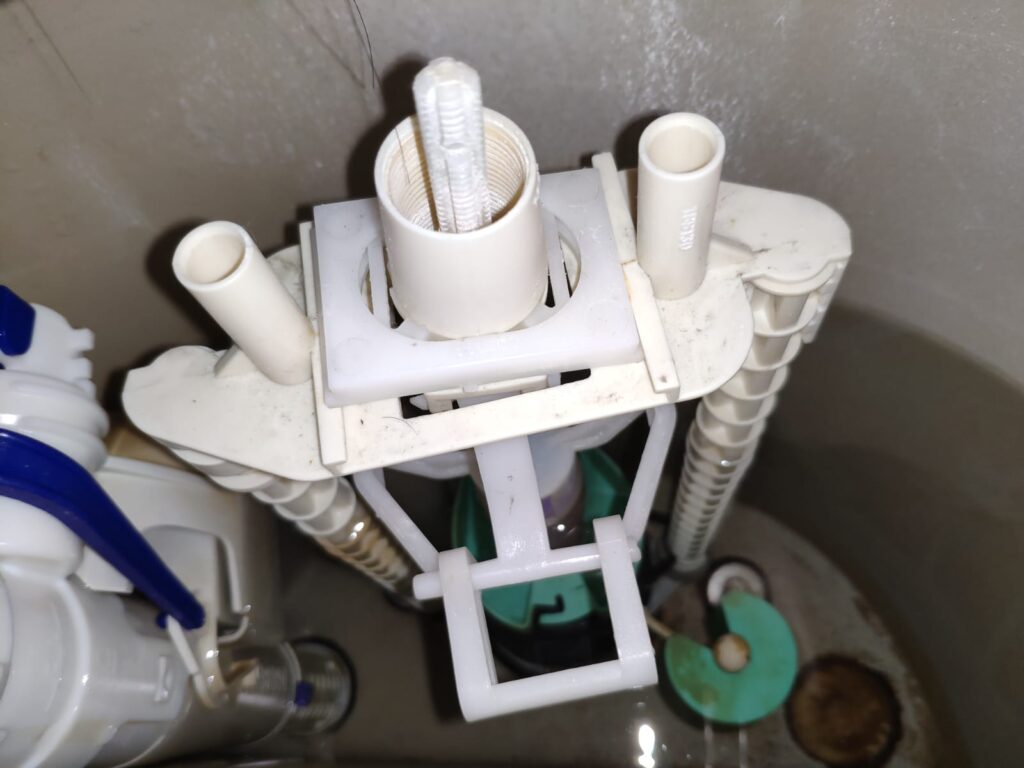
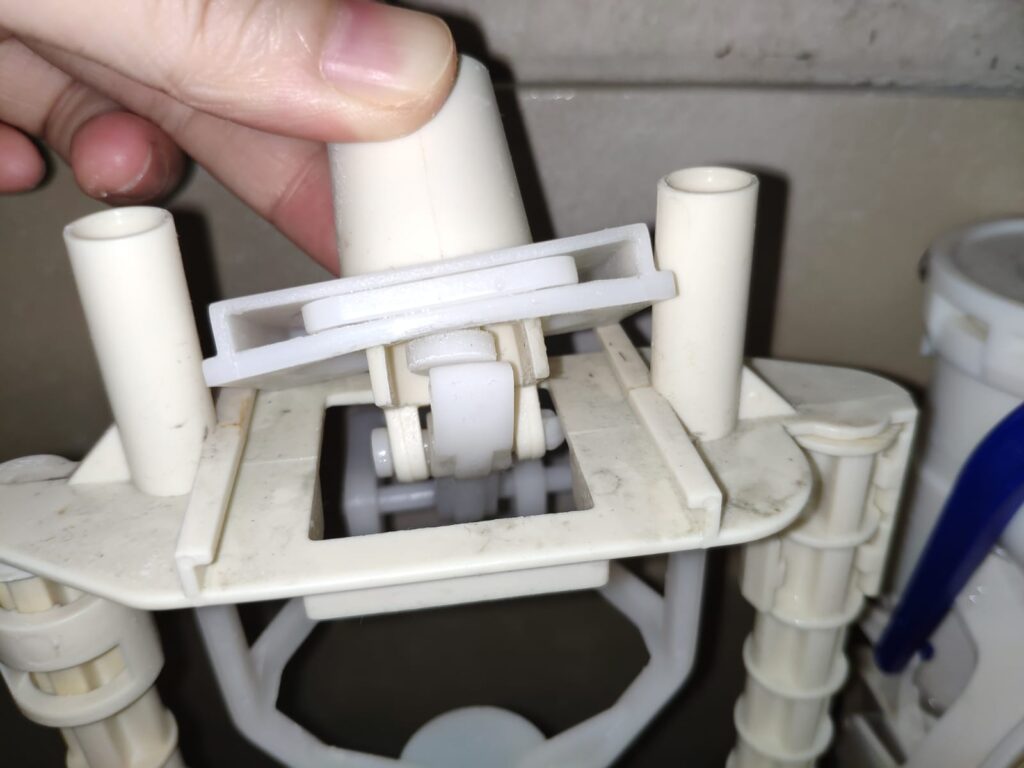
In this guide, we’ll explore the common issues that affect toilet flushes, the possible causes and solutions.
1. Toilet Flushing Incorrectly
When a toilet flushes incorrectly, it can lead to inefficient waste removal, water wastage, and frustration for users. This problem manifests in various ways, including weak flushes, incomplete flushes, or toilets that don’t flush at all.
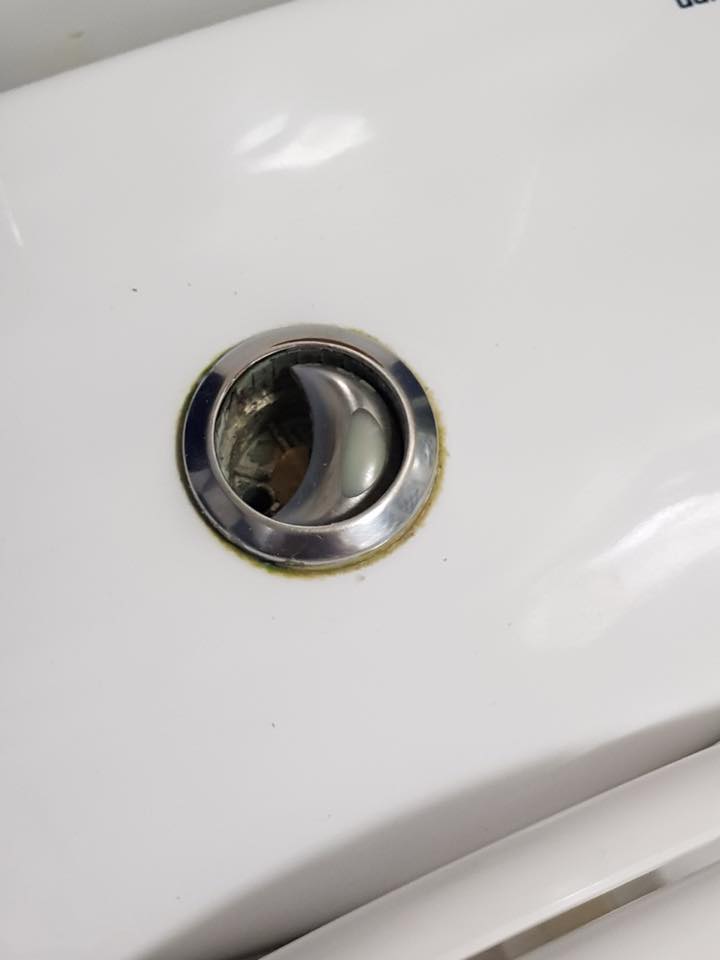
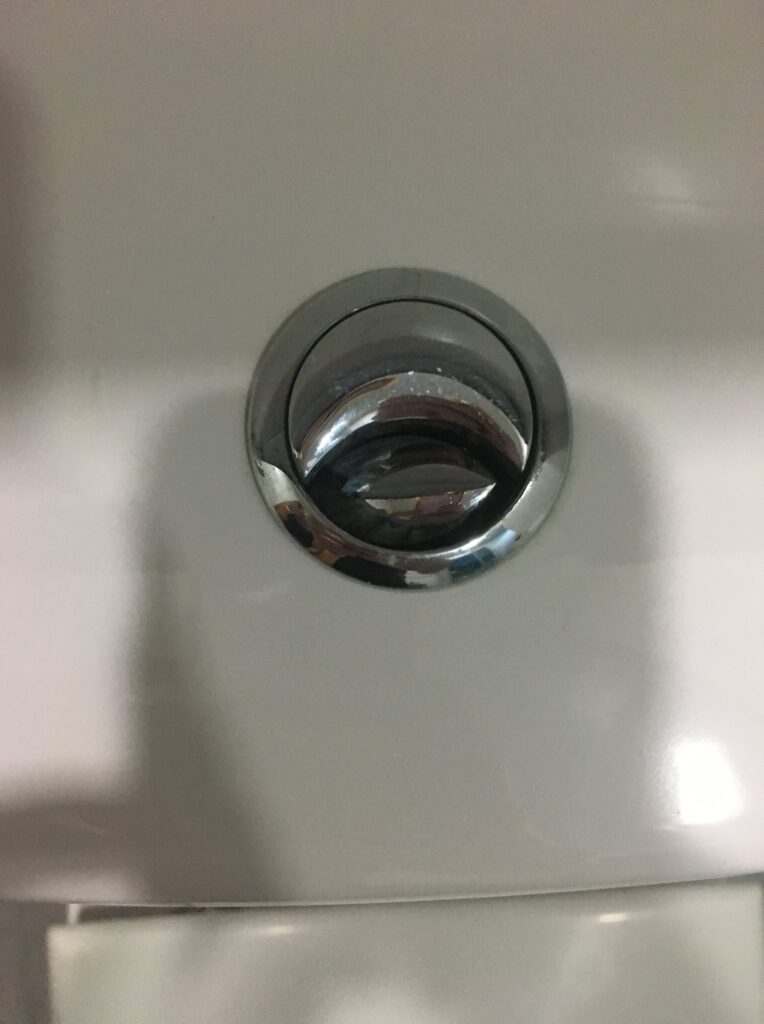
a. Clogged Toilet Drain
- Cause: A clogged toilet drain obstructs the flow of water and waste, leading to weak or incomplete flushes.
- Solution: Use a plunger or toilet auger to dislodge and remove the obstruction from the drain. If the clog persists, use a plumbing snake or engage a plumbing specialist to clear the choke.
B. Debris or Mineral Buildup in the Flush Opening
- Cause: Accumulated debris, sediment, or mineral deposits in the flush opening can restrict water flow and diminish flushing performance.
- Solution: Clean the flush opening thoroughly using a toilet brush or scrubbing pad to remove any debris or mineral buildup. Consider using a descaling solution or vinegar to dissolve mineral deposits and restore optimal flushing action.
C. Improperly Adjusted or Damaged Fill Valve
- Cause: An improperly adjusted or damaged fill valve may result in insufficient water entering the toilet tank. This leads to weak or incomplete flushes.
- Solution: Adjust the fill valve to ensure it allows sufficient water to enter the tank during each flush cycle. If the fill valve is damaged or malfunctioning, replace it with a new one to restore proper water flow and flushing performance.
D. Malfunctioning Flush Handle
- Cause: A malfunctioning flush handle may fail to lift the flapper or activate the flush mechanism, resulting in ineffective flushing.
- Solution: Inspect the flush handle and lever for any signs of damage or misalignment. Replace the flush handle if it is damaged or corroded. Ensure that the flush handle is properly connected to the lift chain and lifts the flapper completely when activated.
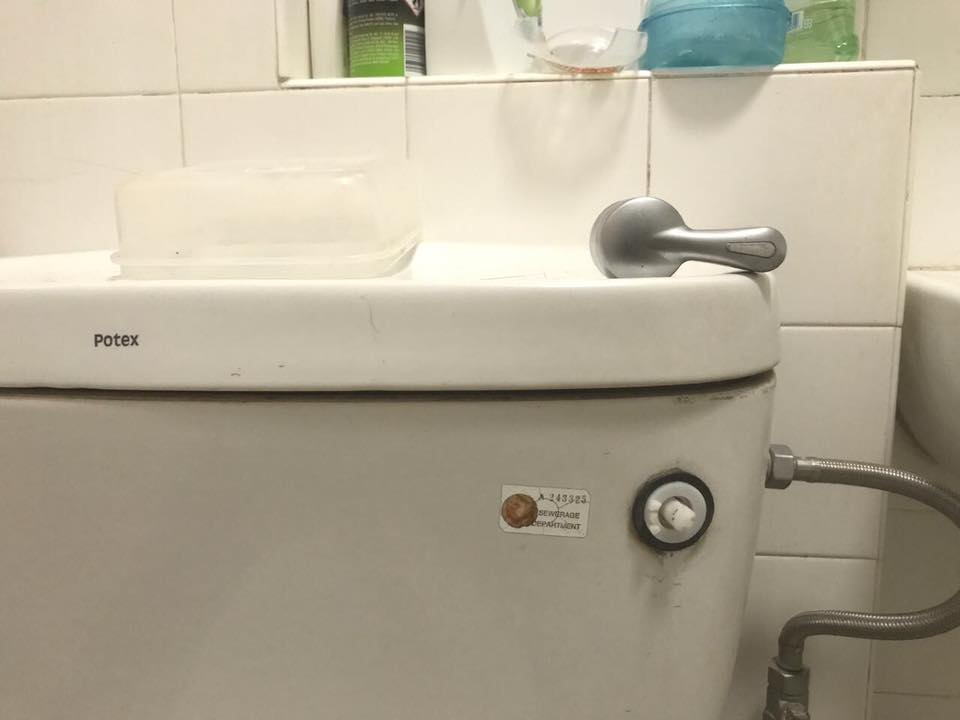
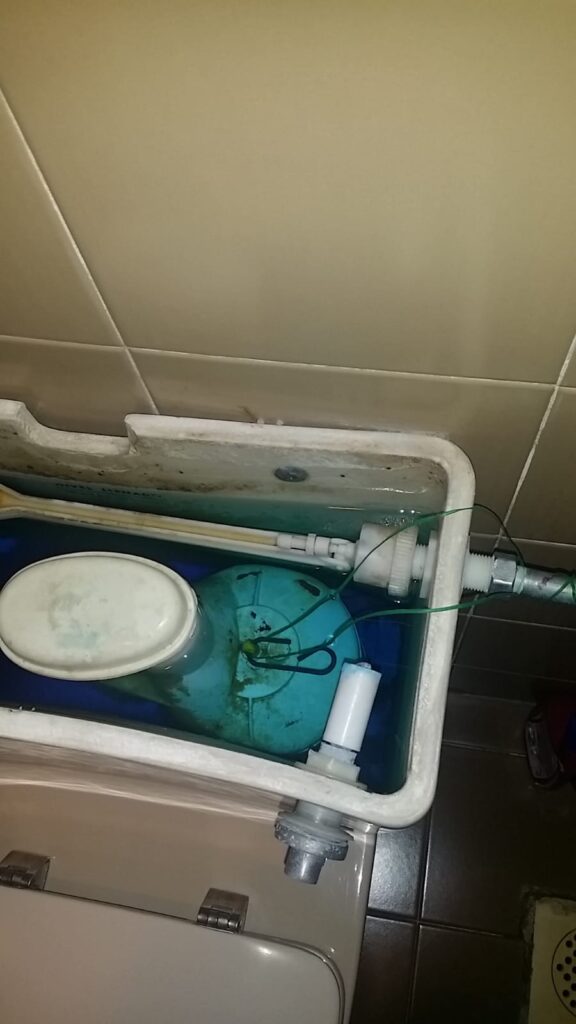
E. Misaligned Fill Valve Assembly
- Cause: A misaligned fill valve assembly may interfere with the proper operation of the flush mechanis. This can result in inconsistent flushing of our toilet.
- Solution: Adjust the position of the fill valve assembly. Ensure it aligns properly with the flush mechanism and allows smooth operation. Tighten any loose connections or mounting hardware to secure the fill valve in place.
F. Worn-out Flapper
- Cause: A worn-out or deteriorated flapper may fail to seal the flush valve properly. This causes water leakage and incomplete flushing.
- Solution: Inspect the flapper for signs of wear, deterioration, or damage. Replace the flapper with a new one if it is worn-out or no longer seals effectively. Ensure that the flapper fits securely over the flush valve to prevent water leakage during flushing.
2. Constantly Running Toilet
A constantly running toilet is not only a nuisance but also a significant waste of water. Water continues to flow into the toilet bowl after flushing, without the tank properly refilling and sealing. We end up with a higher water bill and waste precious resources.
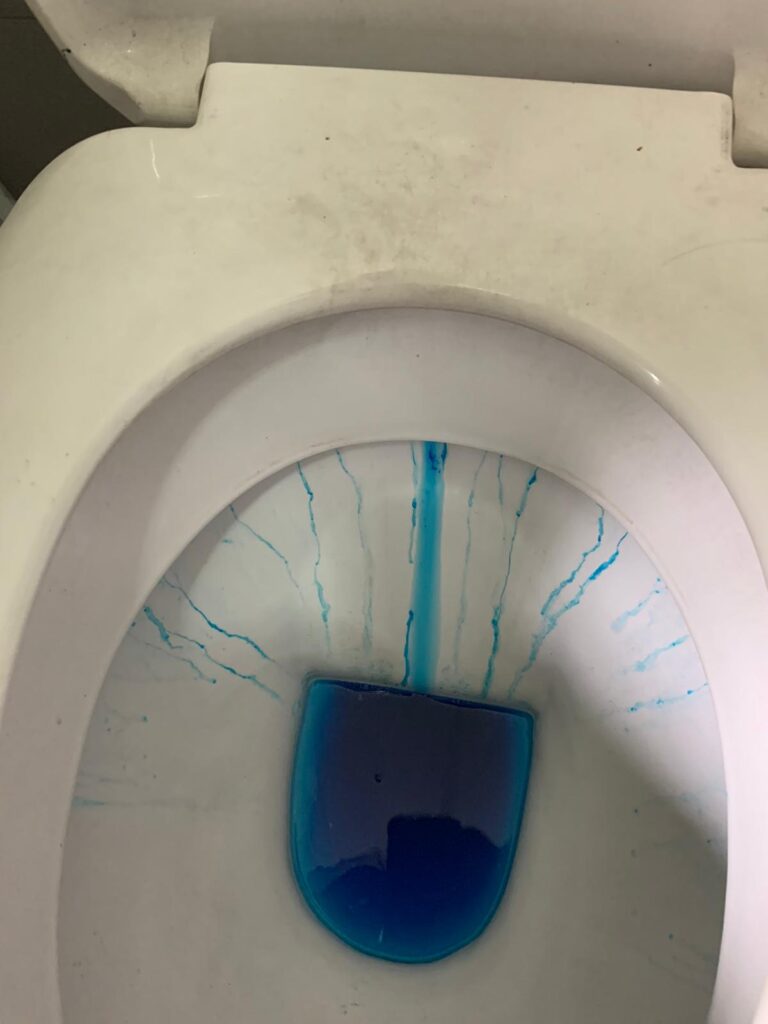
a. Damaged or Misaligned Handle
- Cause: A damaged or misaligned handle may prevent the flapper from sealing properly. This allows water to continuously flow into the toilet bowl.
- Solution: Inspect the toilet handle for any signs of damage or misalignment. If the handle is damaged, replace it with a new one. Ensure that the handle is properly connected to the lift chain and can lift the flapper completely when flushed.
B. Faulty Flapper
- Cause: A worn-out or defective flapper may fail to seal the flush valve properly. This can cause water leakage and a constantly running toilet.
- Solution: Remove the tank lid and inspect the flapper for any signs of wear, deterioration, or debris buildup. Clean the flapper and its seat to ensure a tight seal. If the flapper is damaged, replace it with a new one that matches the make and model of your toilet.
C. Improper Toilet Chain Size or Tension
- Cause: An improperly sized or tensioned lift chain can prevent the flapper from closing fully. This leads to water leakage and continuous flushing.
- Solution: Adjust the length and tension of the lift chain. Ensure that it allows the flapper to close tightly after flushing. The chain should have enough slack to allow the flapper to seal properly without being too loose or too tight.
D. Improperly Adjusted Fill Valve
- Cause: An improperly adjusted fill valve may result in excessive water entering the toilet tank. This causes it to overflow into the toilet bowl and leads to continuous flushing.
- Solution: Adjust the fill valve to regulate the water level in the tank. Follow the manufacturer’s instructions for adjusting the float or water level adjustment screw to achieve the recommended water level. This level is typically indicated by a mark or line inside the tank.
E. Malfunctioning Float
- Cause: A malfunctioning float may fail to shut off the fill valve when the water level reaches the desired level. This causes continuous filling and flushing.
- Solution: Inspect the float for any signs of damage, debris, or interference with the tank wall. Clean or adjust the float as needed to ensure proper operation. If the float is damaged or defective, replace it with a new one.
F. Worn-out or Damaged Seals
- Cause: Worn-out or damaged seals can lead to water leakage and a constantly running toilet. Typically the seals around the flush valve and tank bolts.
- Solution: Inspect the seals around the flush valve, tank bolts, and gaskets for any signs of wear, deterioration, or damage. Replace any worn-out or damaged seals with new ones to ensure a watertight seal and prevent continuous flushing.
3. Toilet Filling Slowly
A toilet filling slowly can be a frustrating issue. This problem occurs when the toilet tank takes an extended period to refill after flushing. This in turn leads to delays in subsequent flushes and potential inconvenience for users.
a. Improperly Functioning Water Supply Valve
- Cause: An improperly functioning water supply valve may restrict or limit the flow of water into the toilet tank. This results in a slow fill rate.
- Solution: Start by inspecting the water supply valve to ensure it is fully open and not partially closed. Turn the valve counterclockwise to open it fully and allow maximum water flow to the toilet tank. If the valve is fully open but still restricts water flow, replace the valve with a new one to restore proper water supply.
B. Worn-out Float
- Cause: A worn-out or malfunctioning float may fail to regulate the water level in the toilet tank. This causes the fill valve to remain open for an extended period and results in slow tank filling.
- Solution: Check the float for signs of wear, damage, or deterioration. If the float is worn-out or no longer functions properly, replace it with a new one. Ensure that the float is properly adjusted to control the fill valve’s operation and maintain the desired water level in the tank.
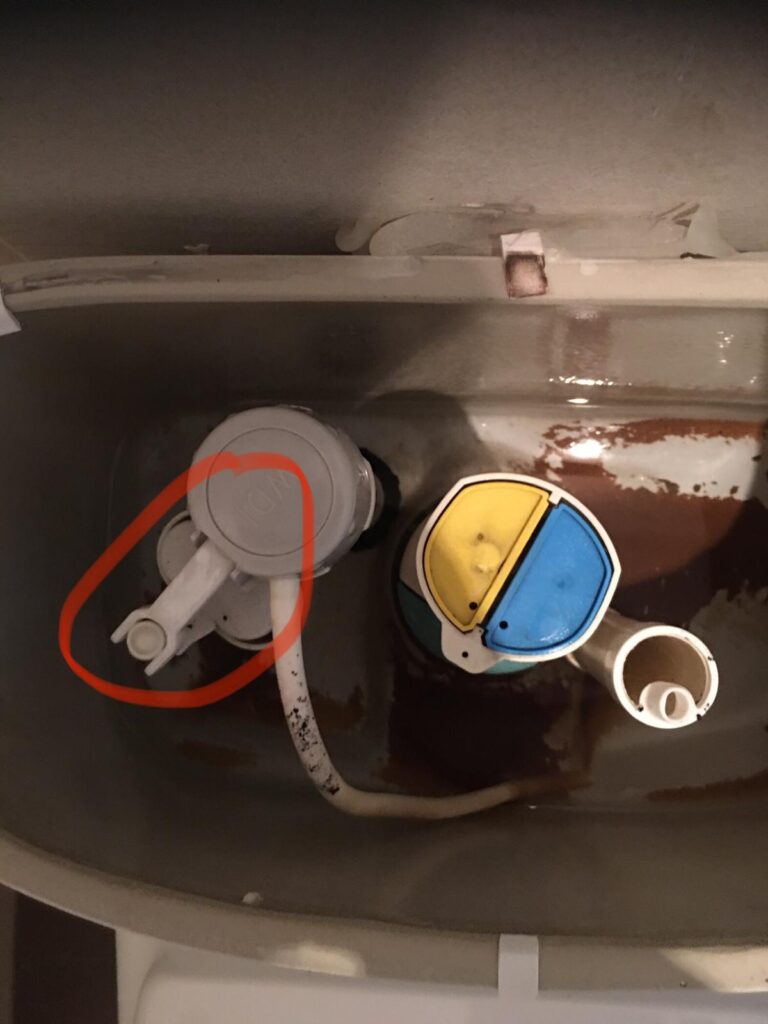
C. Worn-out or Clogged Overflow Tube
- Cause: A worn-out or clogged overflow tube can impede water flow from the fill valve into the toilet tank. This leads to slow tank filling.
- Solution: Inspect the overflow tube for any signs of wear, corrosion, or mineral buildup. Clean the tube thoroughly to remove any debris or sediment that may be obstructing water flow. If the tube is damaged or severely corroded, replace it with a new one. This ensures unimpeded water flow and efficient tank filling.
D. Partially Closed Shut-off Valve
- Cause: A partially closed shut-off valve located along the water supply line to the toilet can restrict water flow. This can cause the tank to fill up slowly.
- Solution: Locate the shut-off valve near the toilet and ensure it is fully open by turning it counterclockwise. Check for any obstructions or debris that may be blocking the valve’s opening and clean or remove them as needed. Once the shut-off valve is fully open, monitor the toilet’s fill rate to ensure it fills at a normal pace.
E. Low Water Pressure
- Cause: Low water pressure in the plumbing system can contribute to slow tank filling. Especially in homes with inadequate water pressure or plumbing issues.
- Solution: Check the water pressure in other fixtures throughout the home. Determine if low water pressure is a widespread issue. If so, identify the underlying causes of low water pressure, such as clogged pipes, leaks, or inadequate supply lines.
4. Ghost Flushing / Phantom Flushing
Ghost flushing, also known as phantom flushing, occurs when a toilet flushes unexpectedly or intermittently without any user interaction. This phenomenon not only wastes water but can also indicate underlying issues with the toilet’s components.
a. Faulty Flapper
- Cause: A faulty flapper may fail to seal the flush valve properly. This allows water to leak from the tank into the bowl and can trigger ghost flushing.
- Solution: Inspect the flapper for signs of wear, damage, or deterioration. Clean the flapper and its seat to ensure a tight seal. If the flapper is worn-out or no longer functions properly, replace it with a new one. Make sure to match the make and model of your toilet. Ensure that the flapper fits securely over the flush valve to prevent water leakage and ghost flushing.
B. Flush Valve Leaks
- Cause: Leaks in the flush valve, such as cracks or damage to the valve seal, can lead to water seepage from the tank into the bowl. This triggers ghost flushing.
- Solution: Check the flush valve for any visible cracks, damage, or deterioration. If leaks are detected, replace the flush valve or its seal to restore proper sealing and prevent water leakage. Ensure that the flush valve assembly is securely installed and properly aligned to prevent leaks and ghost flushing.
C. Water Level Issues
- Cause: When the water level in the toilet tank is too high or too low, the flushing process can be disrupted. Ghost flushing results.
- Solution: Adjust the water level in the toilet tank to the recommended level. This is typically indicated by a mark or line inside the tank. Ensure that the fill valve is functioning properly and maintains the correct water level during each flush cycle. If necessary, adjust the float or water level adjustment screw on the fill valve to achieve the desired water level. Properly adjusted water levels help prevent overfilling or underfilling of the tank, reducing the likelihood of ghost flushing.
5. Clogged Toilet
A clogged toilet occurs when an obstruction blocks the flow of water and waste through the toilet trap or drain pipe. This results in poor flushing performance or complete blockage.
a. Blockage in the Toilet Trap or Drain Pipe
- Cause: The most common cause of a clogged toilet is a blockage in the toilet trap or drain pipe. Such is typically caused by the accumulation of waste, toilet paper, hygiene products, or foreign objects.
- Solution: To resolve this issue, start by using a toilet plunger to attempt to dislodge and remove the blockage. Place the plunger over the drain opening and apply firm, repetitive pressure to create suction and dislodge the obstruction. If plunging does not clear the blockage, use a toilet auger or plumbing snake to reach deeper into the drain pipe and break apart the obstruction.
B. Flushing Inappropriate Items Down the Toilet
- Cause: Flushing inappropriate items down the toilet. Paper towels, baby wipes, or sanitary pads, can lead to clogs and blockages in the toilet trap or drain pipe.
- Solution: Provide alternative disposal methods, such as trash cans or sanitary bins, for items that should not be flushed. If a clog occurs due to flushed items, use a toilet plunger or auger to attempt to clear the blockage. Avoid flushing any additional items that may exacerbate the problem.
When to Call the Plumbers
From incomplete flushes to constantly running toilets, each toilet flush issue requires prompt attention to prevent further damage and ensure optimal functionality.
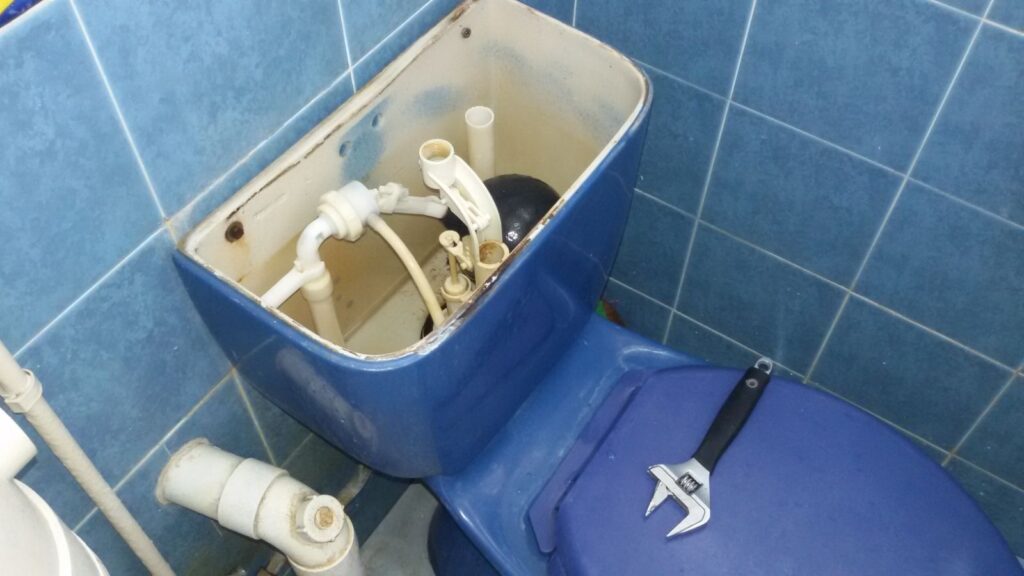
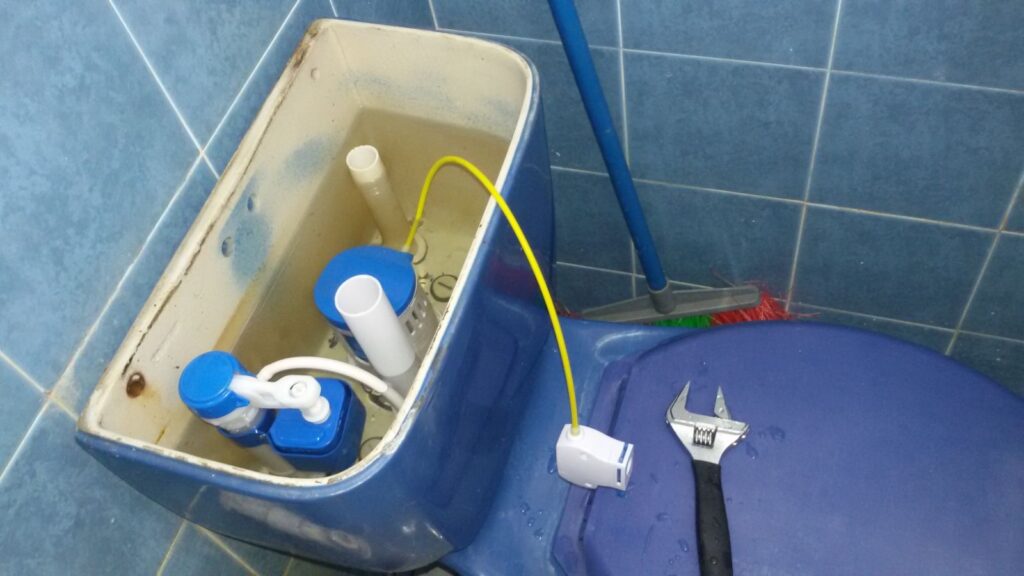
If you encounter difficulty in diagnosing or resolving the issue, don’t hesitate to seek assistance from our trusted plumbers at Singapore Plumbing Works. When it comes to repairing toilet flush issues, our team of specialists is here to provide prompt and reliable service.

Get In Touch
Contact us today for dependable solutions to all your plumbing and electrical needs.